22.07.2020
Common Maintenance Issues
It can be daunting when something goes wrong in your property, especially if this is your first time living away from home! However, there are some maintenance issues that occur frequently and are often easily solved. Before you contact us regarding maintenance issues, check if it’s one of these that could be rectified yourself. If a contractor attends your property for an issue that could have been solved by following these steps, you may be liable for the cost of the bill.
“There’s no electricity in my house!”
The first reason you may have no electricity in your property is if you pay for your electricity through a prepayment meter. Your payment meter may have a key or a card that can be removed and taken to a corner shop to add money to (similar to the process of having a top up card for a phone). When you have added money to your key or card, you then plug it into the meter, and it will show you how much credit you have. If you are running low on money on your prepayment meter, you are able to remove your key/card and top it up without affecting the electricity supply.
If your prepayment meter runs out of money, you won’t have any electricity.
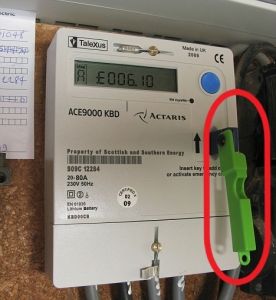

The second reason you may have no electricity in your property is that the circuit breakers may have tripped (some people call this a fusebox). This can happen if an appliance breaks – this often causes a surge of power into the circuit. The breakers job is to stop this surge of power by tripping and turning the electricity on that circuit off. This sounds confusing, but to see if this has happened, one of the switches may appear to be in the opposite direction to the rest. To fix this, unplug the faulty appliance and flick the tripped switch back up. If this keeps on happening, then you may need an electrician – at this stage please contact us and we can get this arranged.

“There’s no heating in my house!”
One reason your property may seem cold is that the thermostat is set to a low temperature. When moving into your property, it’s worth checking the location of your thermostat – this could be a dial or a control panel. You’ll be able to move this up or down, and the heating will turn on until the house reaches the temperature you have set it to (and it will then turn off).
For example, if the house feels cold and the thermostat is set to 10 degrees, the heating will turn on and once the house reaches 10 degrees it will turn off. If you’d like the house warmer, simply turn the thermostat up to the temperature you want.
Please note, we don’t have the instructions for the central heating system for all of our properties in our office.
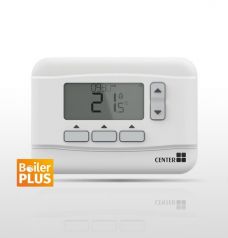

Another reason your property may seem cold could be that the radiators are not turned on. There should be a dial at the bottom of the radiators which controls how much of the heat is emitted – usually the higher the number the more heat will be emitted.


If you still don’t have heating after checking your thermostat and your radiators, there may be a boiler fault. Signs of a boiler fault include low pressure or being able to see warning lights. If this is the case, please contact us so we can arrange for a plumber to attend your property.

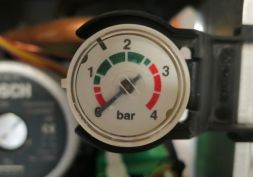

“My shower doesn’t work / My shower is cold”
The first thing to do if your shower isn’t working is to check how your shower is powered – some are powered by the boiler, and others are electric. Electric showers will have a cord or switch, which has to be on in order for the shower to work. This may be found in your bathroom or just outside.
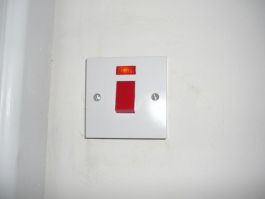

If after checking the switch is on your shower isn’t working, or is only running cold water then please contact us and we can arrange for a contractor to attend your property.
If your shower is powered by your boiler and isn’t working, then contact us and we can arrange for a contractor to attend your property.
“My house is damp”
A lot of people will report that there is damp in their property, but it may not necessarily be the case.
If your property is damp, the paint may be discoloured, you may be able to see a water mark, and the wall may well be wet. Damp is often found on external walls as opposed to internal walls. Damp could be caused from a whole range of things (gaps in the rendering on the outside of the property, blocked drains or leaky drainpipes outside) which cause water to come through. Rising damp will start on the floor, but not all damp is rising.

If what you can see in your property doesn’t quite fit the description above, it is likely what you’re seeing is condensation/mould. Condensation occurs when warm air in the house condenses on cold surfaces (which is why this normally occurs in winter). The way to solve this problem is to increase air flow and reduce water vapour in the air. This can be done by opening trickle vents on windows (if they have them), regularly opening windows (especially in the kitchen and bathroom) and using extractor fans. Water vapour can also be reduced by not drying clothes indoors and using dehumidifiers.
Too much condensation will lead to mould growth. Mould can be cleaned off with a sponge and water or a diluted bleach or a mould spray solution (do not use on coloured surfaces!)

Please ask us for a leaflet on how to tackle mould and condensation for further information and guidance, and send photos of the affected areas.
“My drain is blocked”
From time to time, showers and sinks may get blocked with hair, food, or leaves. The first thing to do (especially with showers) is to try and remove the blockage. If it is too deep for you then you can try plunging the blockage – this is your responsibility as tenants. There are plenty of tutorials on YouTube on how to correctly use a plunger, and plungers can be picked up from hardware shops for as little as £3.
As well as manually removing a blockage, it may be worth using a drain unblocker to help dissolve any residue and clear the pipe.
If after trying these steps, the drain is still blocked then please contact us and we can arrange for a plumber or drain specialist to visit your property. If there is no fault and the issue could have plunged, you may be liable for the bill.


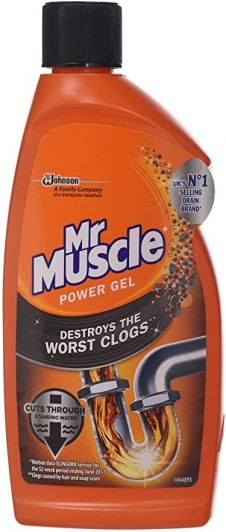
If you need any more information or need a contractor to attend your property, give us a call on 02922 331425 or email management@lettingsangels.co.uk
